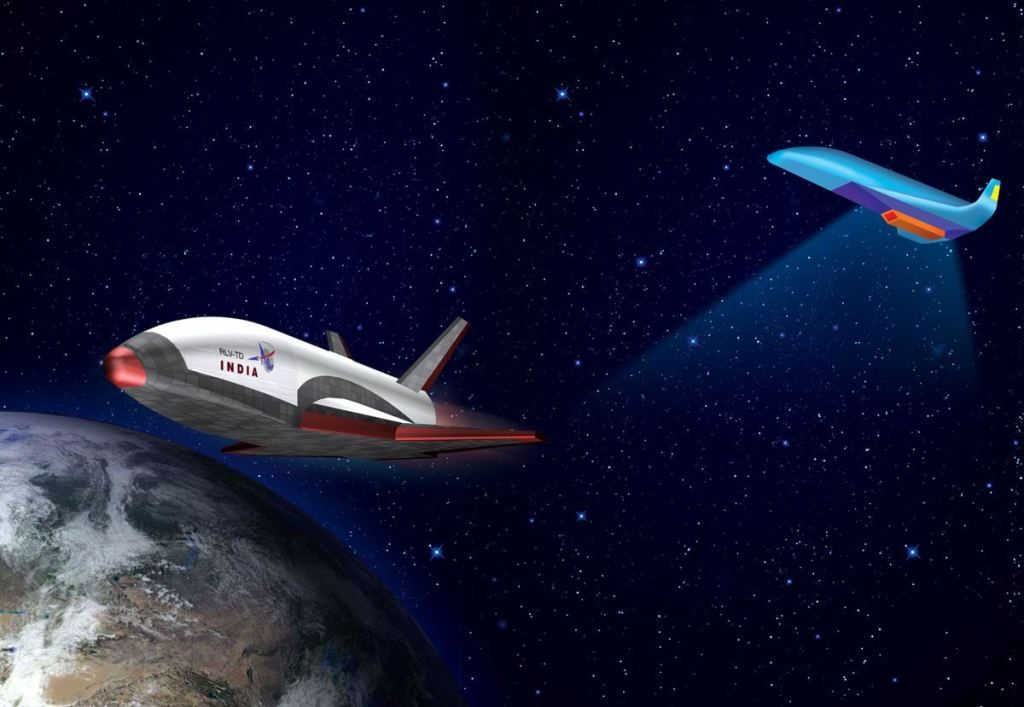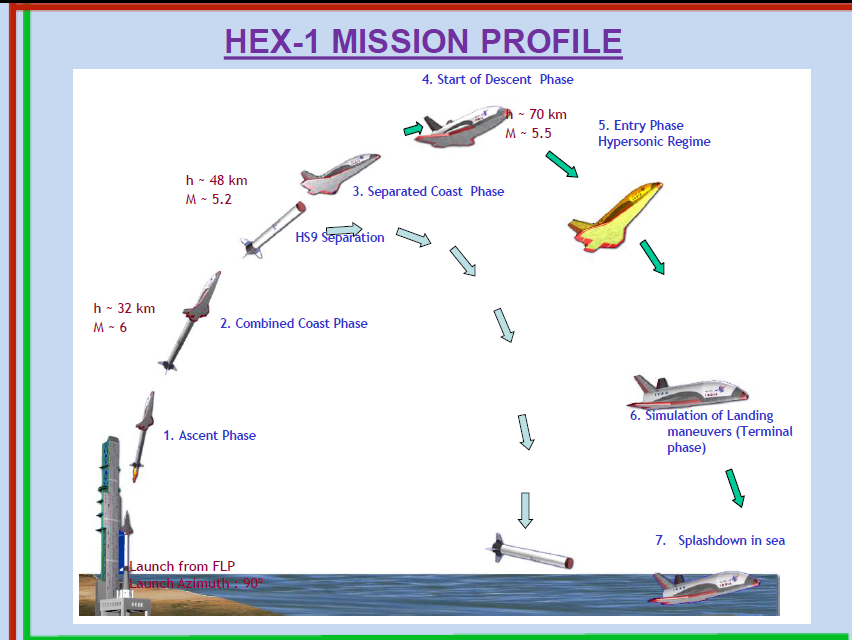The Indian Space Research Organisation (ISRO) has successfully launched a Reusable Launch Vehicle (RLV) Technology Demonstrator mission. During test, ISRO launched a winged, reusable space plane that conducted a suborbital mission to gather in-flight data.

A Reusable Launch Vehicle (RLV) is the space analog of an aircraft. Therefore, RLV Program is similar to the Space Shuttle Program of NASA that has been shelved in 2011. The retirement of the Space Shuttle left a huge void in the field of space exploration.

The RLV will undergo a series of experiments:
1. Hypersonic Flight Experiment (HEX): The first experiment is the launch itself. The RLV will be launched by a solid booster rocket and then released. The booster rocket will fall back into the sea, while the lofted RLV will re-enter the atmosphere independently and be guided to a controlled splashdown. This is the test planned in March.
2. Landing Experiment (LEX): The second experiment will test the RLV’s turbofan engine. The RLV-TD will be launched as in HEX, re-enter the atmosphere at hypersonic speed and use aerodynamic breaking to decelerate. It will then perform a 2g turn towards its launch site, and it will start its turbofan engine upon reaching Mach 0.8. It will then cruise back to its launch site at Mach 0.6 and land horizontally on a runway.
3. Return Flight Experiment (REX): The third experiment, the RLV-TD will be launched to orbit and then de-orbited for a landing on a runway.
4. Scramjet Propulsion Experiment (SPEX): The final experiment will test the performances of an RLV-TD fitted with an air breathing scram jet engine.
